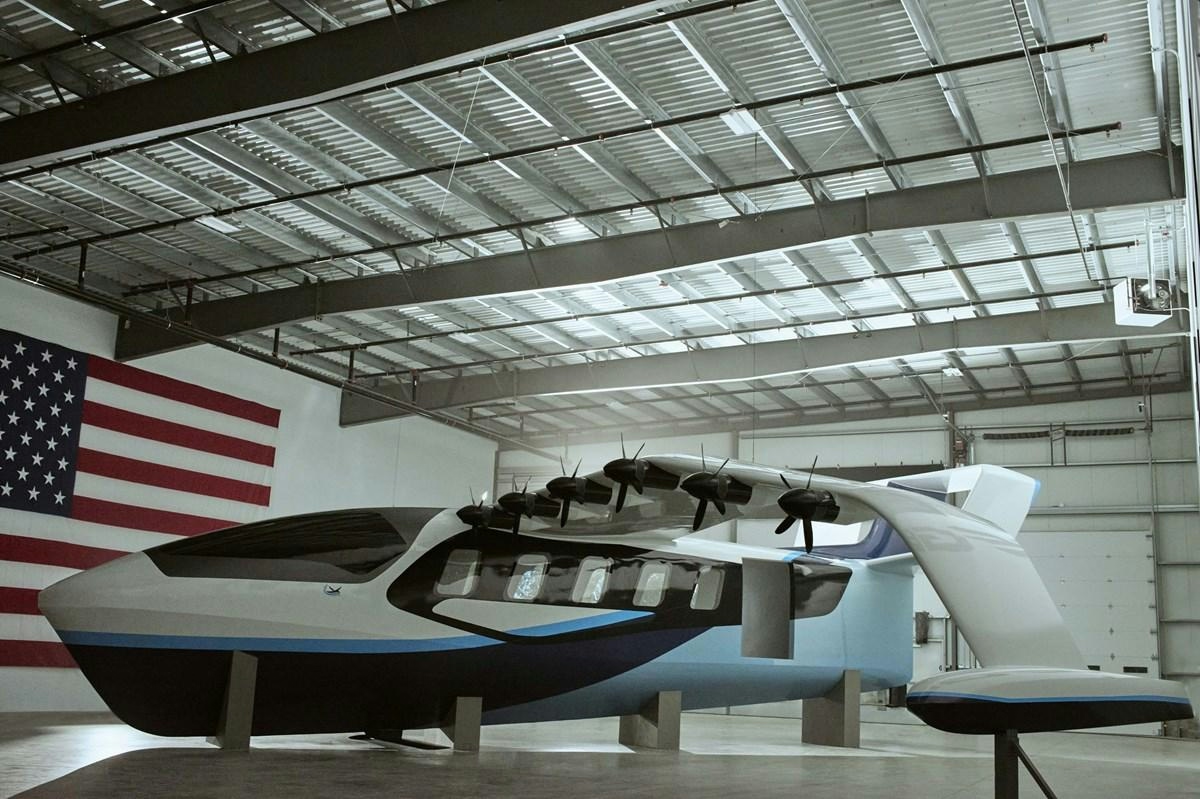
AeroGenie — ваш интеллектуальный второй пилот.
В тренде
Categories
Air New Zealand Unveils Electric Aircraft, Advancing Green Aviation
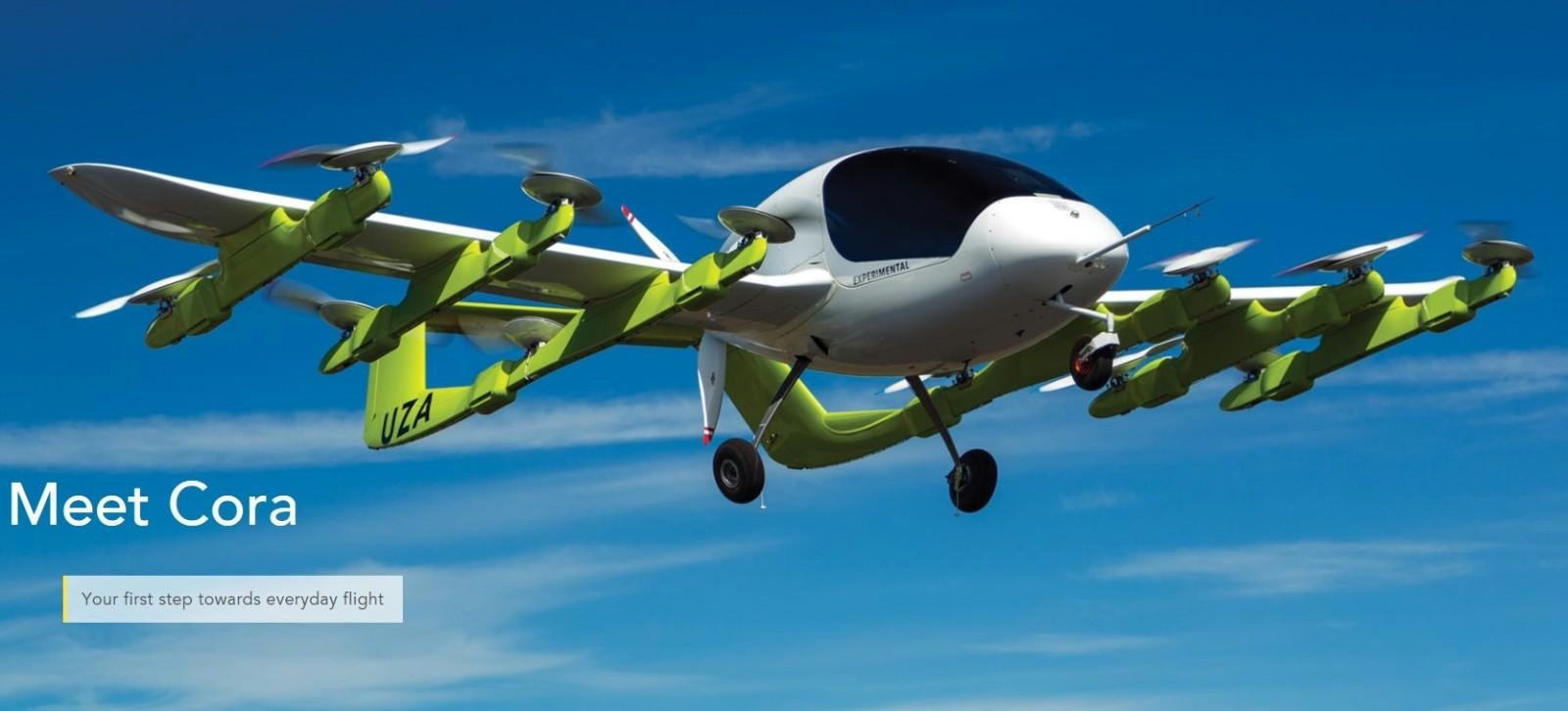
Air New Zealand Unveils Electric Aircraft, Advancing Green Aviation
Pioneering Sustainable Flight in New Zealand
Air New Zealand has embarked on a significant step towards sustainable aviation with the launch of its first electric aircraft demonstrator programme. Partnering with BETA Technologies, the airline is operating the BETA ALIA CX300—the first electric aircraft to carry Air New Zealand’s livery—on a series of regional flights aimed at evaluating the feasibility of electric aviation within the country. The initiative commenced at Hamilton Airport and will extend over four months, with the aircraft scheduled to fly routes connecting Taupō, Napier, Palmerston North, and Wellington. Plans are also underway for the ALIA CX300 to cross the Cook Strait to Blenheim by late January. This programme is the culmination of extensive collaboration among Air New Zealand, BETA Technologies, the Civil Aviation Authority (CAA), and airport partners, all working to ensure the safe operation of the aircraft in New Zealand’s distinctive and often challenging environmental conditions.
Strategic Advantages and Operational Insights
Air New Zealand’s Chief Executive, Nikhil Ravishankar, highlighted the country’s unique position as an ideal testing ground for electric flight, citing the geography and infrastructure that support such innovation. He noted that over 60% of the airline’s regional flights cover distances under 350 kilometres, while 85% of New Zealand’s electricity is generated from renewable sources. This combination, Ravishankar explained, places the nation at the forefront of green aviation. The partnership with BETA Technologies, alongside local engineers, pilots, and regulators, is focused on understanding how electric aircraft can be safely and effectively integrated into New Zealand’s airspace.
The BETA ALIA CX300 is a cutting-edge, zero-emissions aircraft designed specifically for short-haul and regional missions. Throughout the demonstrator programme, Air New Zealand pilots will collaborate closely with BETA Technologies’ flight operations and engineering teams to collect comprehensive data on the aircraft’s performance under varying conditions. This data will be instrumental in refining operational procedures and guiding the future adoption of electric aircraft both domestically and internationally.
Challenges and Regulatory Oversight
Despite the promising outlook, the transition to electric aviation presents several challenges. Ensuring the reliability and safety of electric aircraft amid New Zealand’s diverse weather patterns and terrain remains a critical concern. Additionally, integrating new technology into existing airline operations and managing the associated costs pose significant hurdles. The Civil Aviation Authority is actively overseeing the programme, with Director and Chief Executive Kane Patena emphasizing the importance of regulatory adaptation. Patena remarked that emerging aviation technologies often fall outside current regulatory frameworks, making the CAA’s role vital in facilitating the safe integration of these innovations. He described the partnership as essential for shaping the future of aviation in New Zealand.
Market Impact and Industry Implications
The response from the market to Air New Zealand’s electric aircraft initiative has been largely positive, particularly among environmentally conscious travelers. Industry analysts suggest that this development may intensify pressure on competitors to accelerate their own green aviation strategies. This could lead to new collaborations with technology firms and increased investment in the research and development of electric aircraft. As Air New Zealand’s electric aircraft takes to the skies, the programme not only represents a technological advancement for the airline but also establishes a benchmark for sustainable aviation in the region. This initiative has the potential to reshape the competitive landscape and contribute significantly to the global transition toward greener skies.

Dubai South Expands Aerospace Hub to Accommodate Growing Widebody Aircraft Demand

DGCA Investigates Engine Shutdown on Air India Boeing 777

Boeing Sees Order Growth and Delivery Recovery Amid Ongoing Challenges
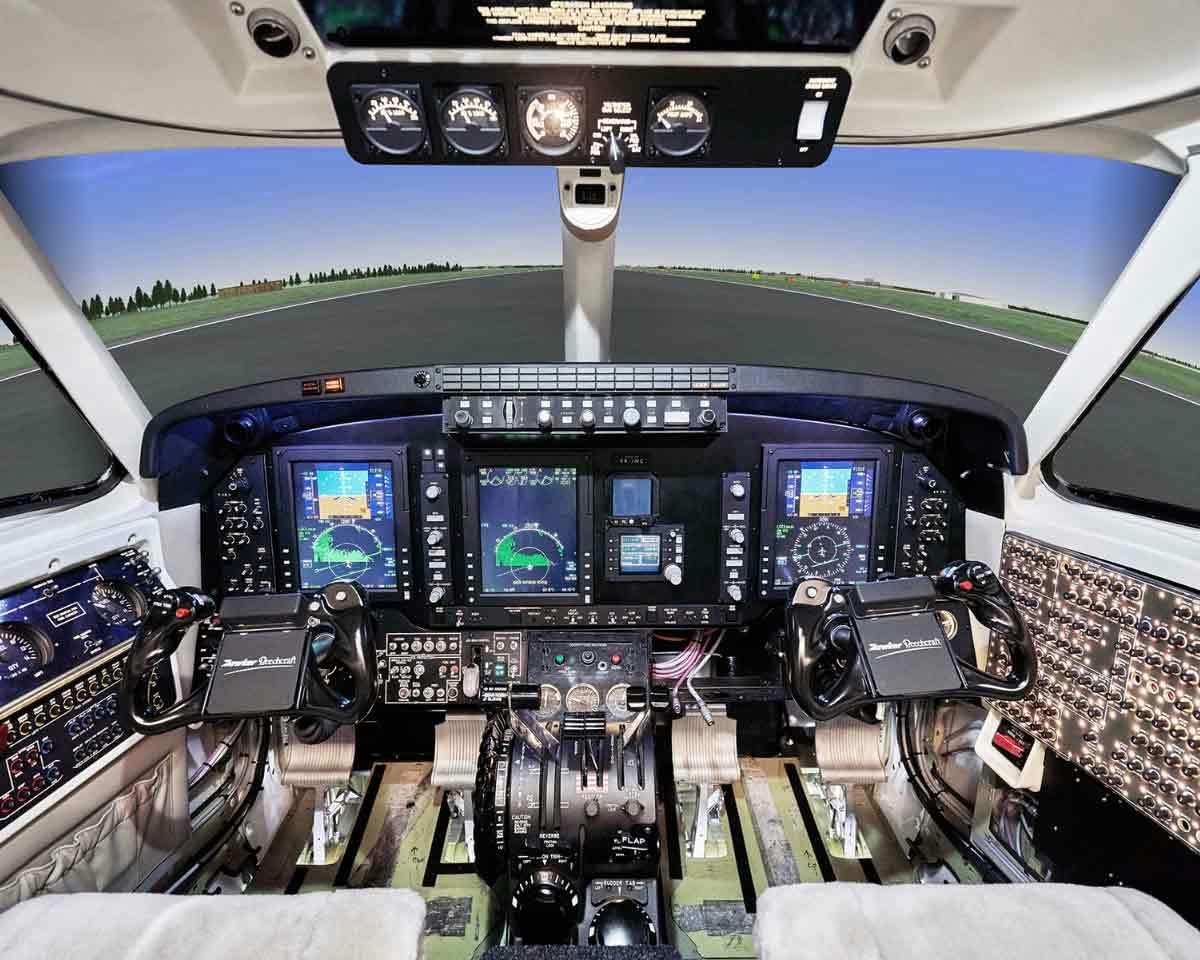
AXIS Introduces Automated AI Pilot Debriefing
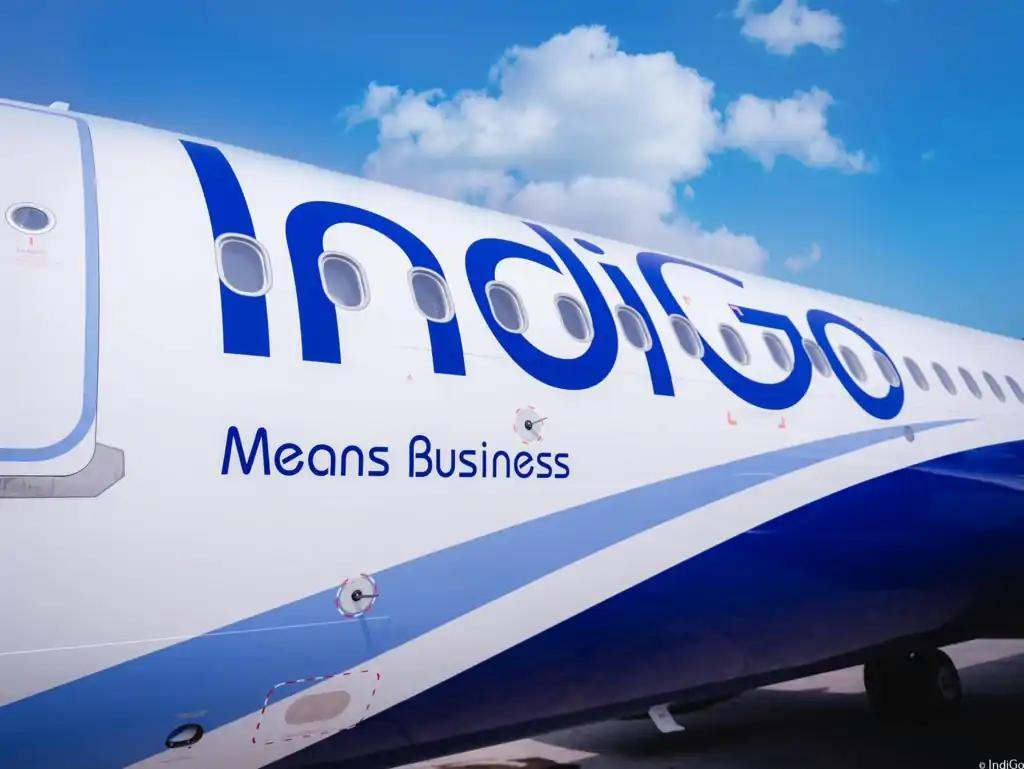
IndiGo's Aircraft Leasing Strategy: Navigating Regulatory Waters
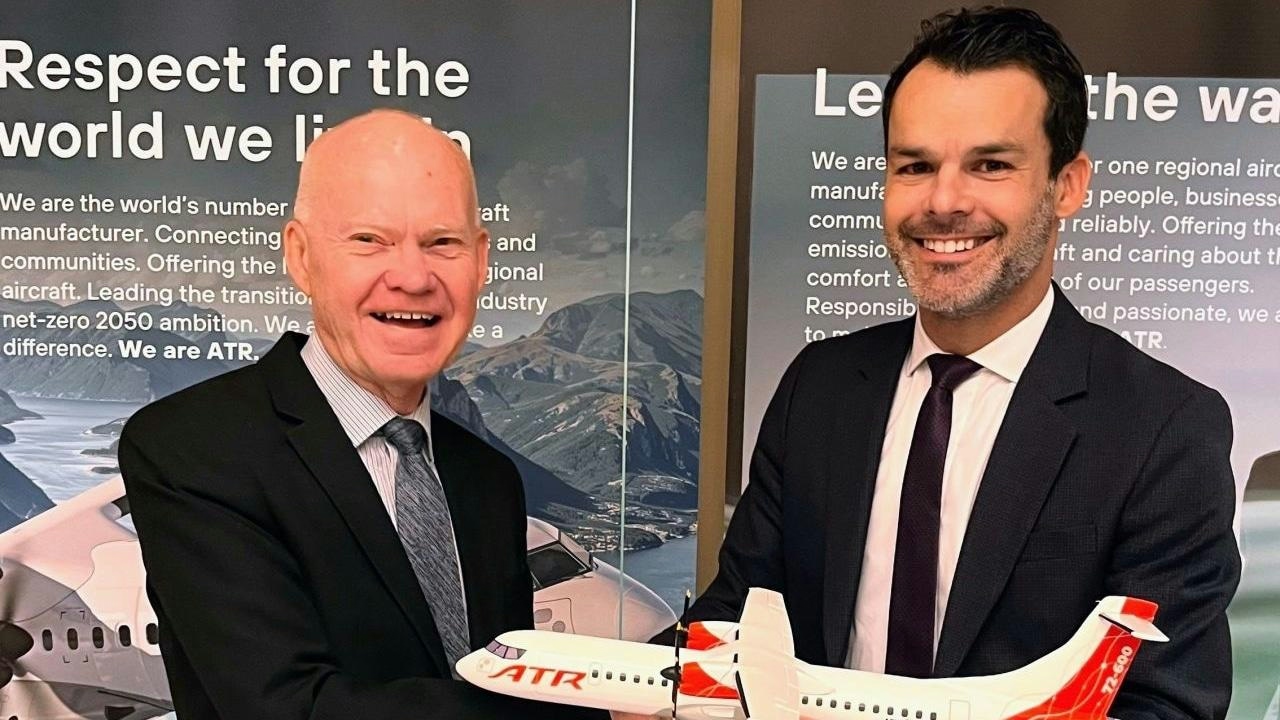
Rise Air Receives First ATR 72-600 in Canada

Virgin Introduces AI Concierge Service
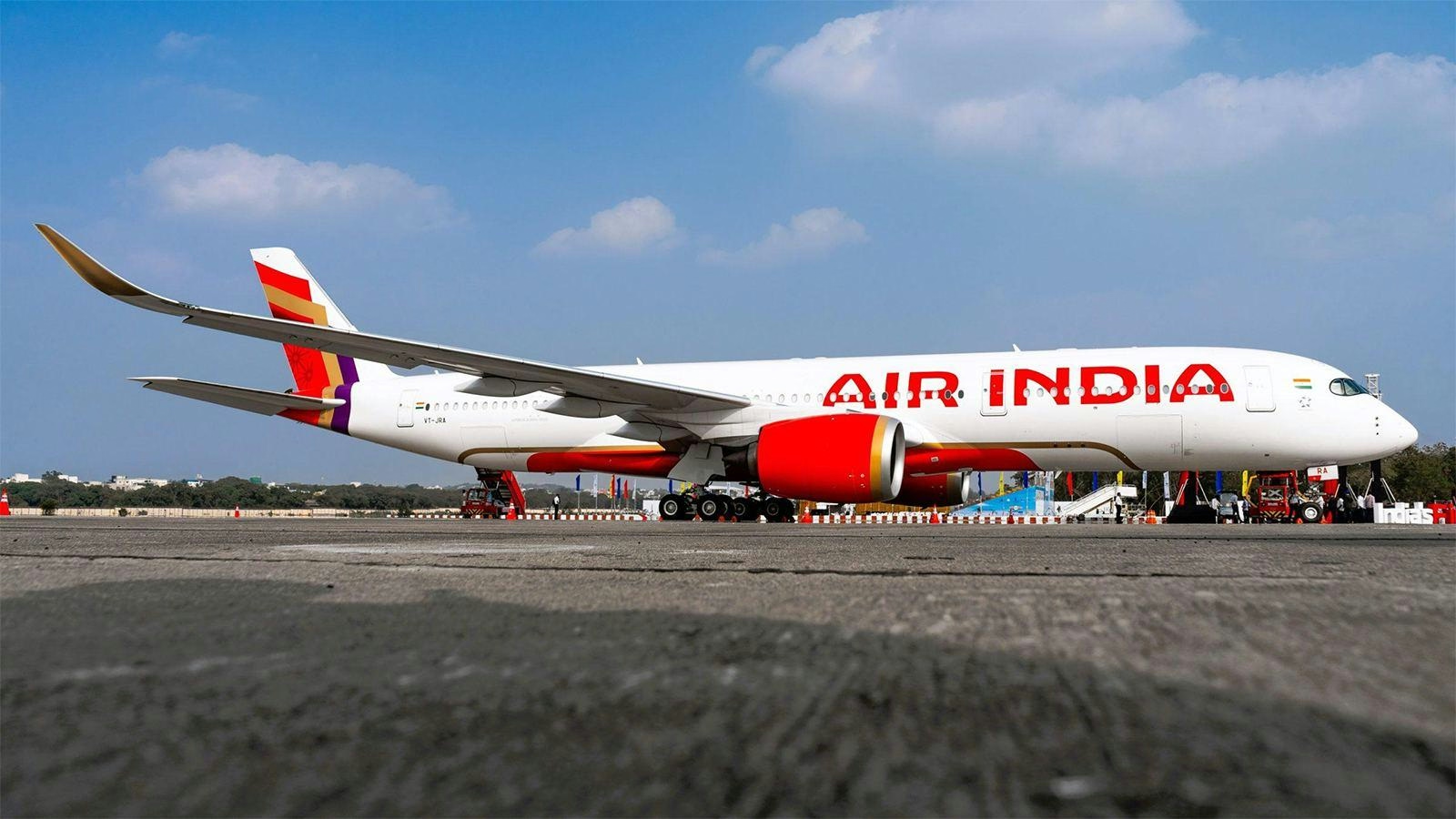
AI Flight to Mumbai Returns to Delhi After Engine Failure
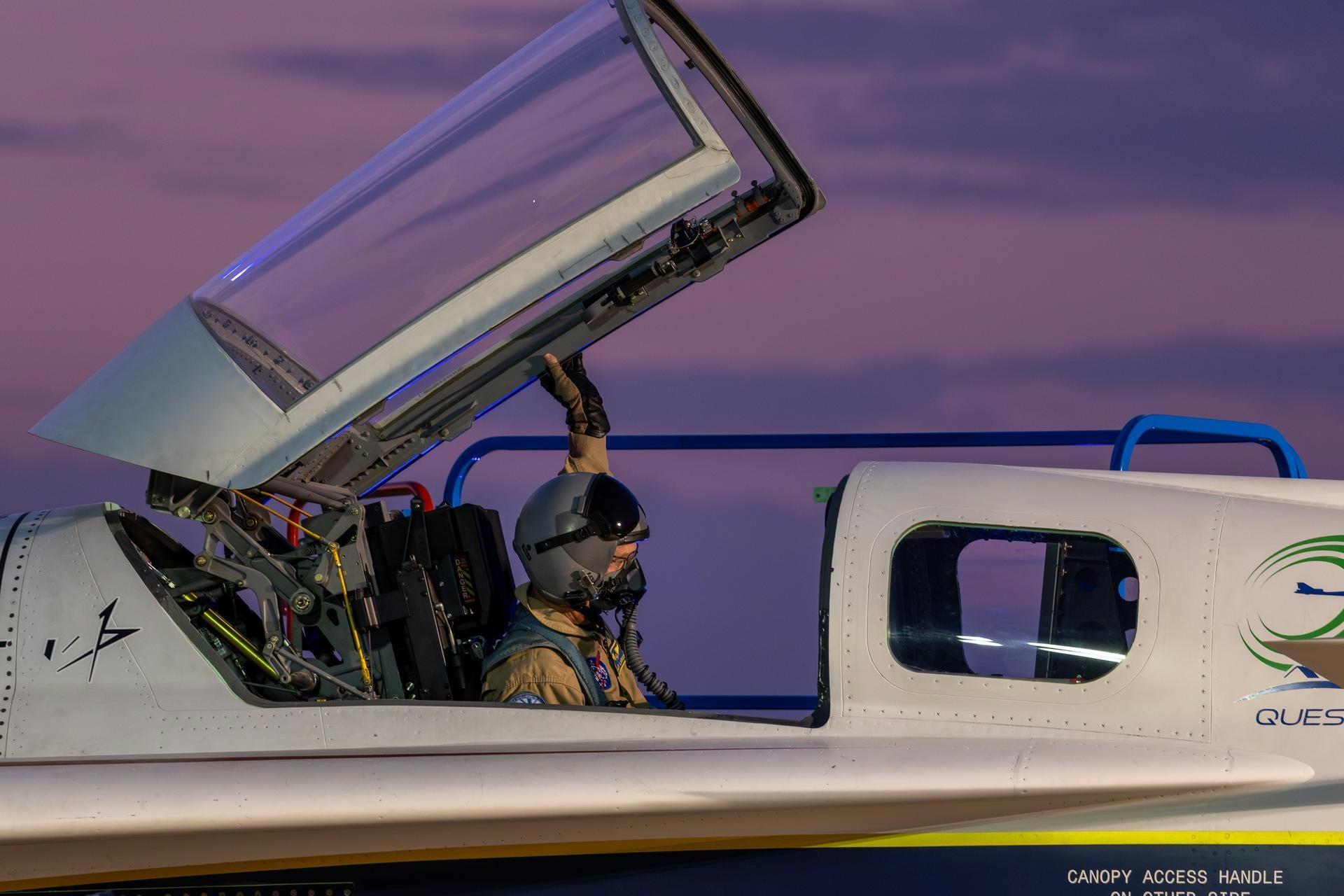
NASA Armstrong Advances Flight Research for 2025
